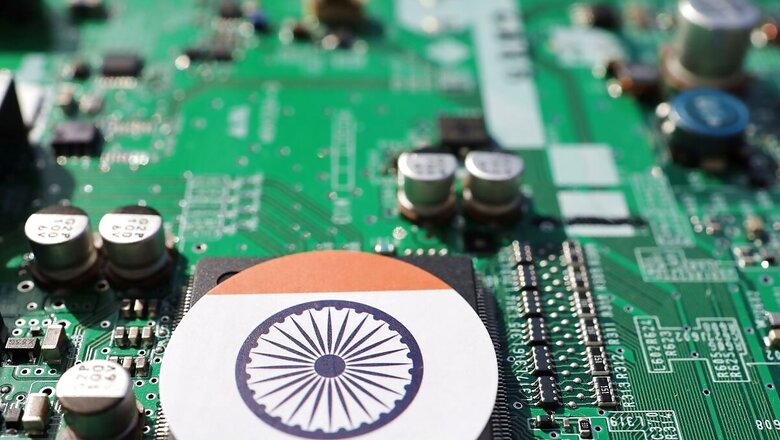
views
The apex industry body of mobile and electronics in India has drawn up a roadmap to boost the country’s position in semiconductor manufacturing, which focuses on chip design and core IP creation. The report has actionable recommendations based on research and expert consultation.
The report, which has been released by the India Cellular and Electronics Association (ICEA), aims to fortify the country’s position in the global semiconductor arena. The report comes in the wake of a cabinet nod to semiconductor units, including a semiconductor fabrication unit in Gujarat, as well as assembly, test, and packaging (ATMP) facilities. India has taken strategic steps toward enhancing its semiconductor manufacturing capabilities.
“India stands at a pivotal juncture to redefine its role in the semiconductor value chain. Our report is not just an analysis but a call to action for India to seize unprecedented opportunities and navigate challenges with strategic foresight,” said Pankaj Mohindroo, ICEA chairman, while talking about the report’s vision.
He added: “This report is a clarion call for unified action across government, industry, and academia to propel India into a leadership position in the global semiconductor arena.”
Semiconductor design is the bigger picture, encompassing the process of creating a chip – from conceptualising its function to laying out the intricate circuits on a silicon wafer. Core IP creation, meanwhile, focuses on designing specific reusable building blocks that can be incorporated into different chip designs.
These pre-designed circuits, like Lego bricks for chip design, come in different flavours (hard and soft cores) and perform specific tasks. They help chip designers save significant time and effort by providing them with functional units that can be integrated into larger designs.
Here are the key recommendations by the ICEA:
- Fostering a robust design ecosystem: The ICEA stresses on the critical need to develop a holistic design ecosystem, encouraging major Indian corporates and OEMs (original equipment manufacturer) to delve into semiconductor design and core IP creation.
- Strategic support for semiconductor design firms: The report advocates for significant government and policy support, including the inclusion of mask sets in the design linked incentive (DLI) scheme, to facilitate the emergence of a strong Indian intellectual property rights (IPR) framework.
- Bridging the skill gap: The ICEA calls for the development of industry-oriented curricula and comprehensive training programmes to equip the workforce with skills to lead the country’s semiconductor revolution.
- Enhanced funding mechanisms: The report underscores the importance of innovative funding approaches, treating semiconductor chip design/manufacturing as a strategic sector, and establishing a dedicated capital market system for the electronics and high-tech industry.
- Leveraging global opportunities: With the global shift in semiconductor manufacturing dynamics, the ICEA sees an opportunity for India to advance into sub-14 nm technology nodes, leveraging spare capacities like TSMC’s (Taiwan Semiconductor Manufacturing Company Ltd) for 7nm technologies.
- Investment in refurbished fab: Advocating for government investment in refurbished fabs, the report envisions supporting burgeoning semiconductor design firms and fostering a skilled semiconductor workforce.


















Comments
0 comment